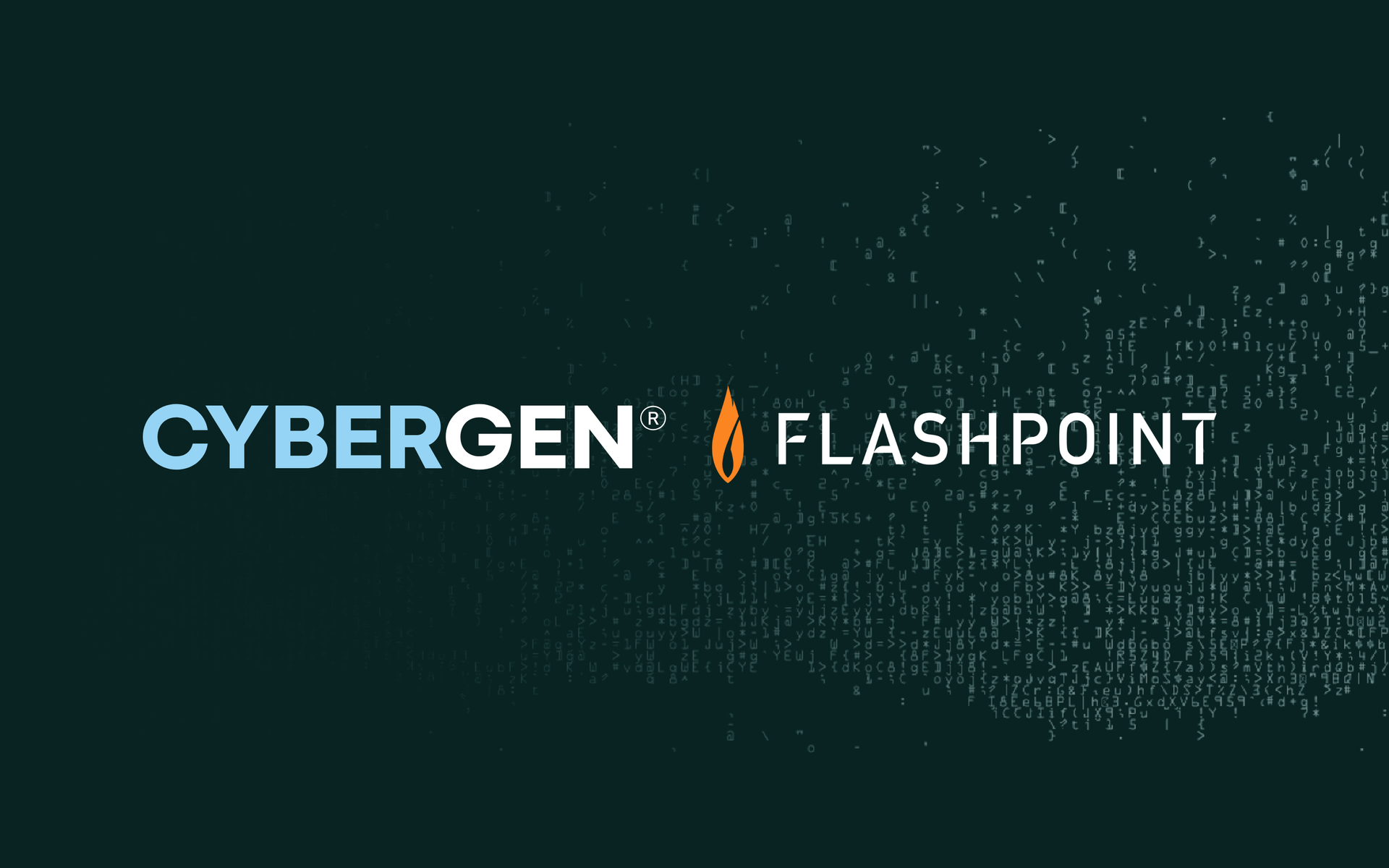Continuous Threat Exposure Management: The Future of Proactive Cyber Resilience
Introduction
Cyber threats continue to evolve at a pace, and organisations must adapt to stay ahead. Today, a shift is underway from reactive vulnerability scanning to proactive exposure management. This blog is aimed at IT professionals, business leaders and security practitioners who want to build confidence in cyber resilience by embracing continuous threat exposure management. CTEM stands for continuous threat exposure management.
It represents a forward-looking strategy to manage and minimise exposure by constantly assessing the attack surface. Think of it as a health check for your digital estate that never ends.
In real life it is like having a vigilant guard walking the perimeter of your property, observing every window, door and gate for weakness. This matters now more than ever because digital footprints are expanding rapidly with cloud computing supply chain tools and remote working.
Compliance frameworks such as NIS2 and DORA demand a stronger cyber posture from businesses of all sizes. CTEM is not a product but a programme that includes people workflows and tools working together to reduce risk and build resilience.
Traditional Security Testing versus CTEM
The Five Stage CTEM Cycle
The Five Stage CTEM (Continuous Threat Exposure Management) Cycle is a strategic cybersecurity framework designed to help organisations proactively identify, prioritise, and mitigate security risks in a continuously evolving threat landscape. Each of the five stages—Scoping, Discovery, Prioritisation, Validation, and Mobilisation plays a vital role in ensuring that businesses remain resilient against potential cyber threats. Let’s explore each stage in greater detail:
1. Scoping
The first stage, Scoping, is about defining the boundaries of what truly matters to the organisation from a security perspective. This means identifying the most critical assets—those that, if compromised, would result in significant harm to operations, reputation, or compliance posture. Examples of such assets might include customer databases, financial records, proprietary intellectual property, or exposed internet-facing services like APIs and web portals. Scoping ensures that resources are focused where they matter most, avoiding wasted efforts on low-risk areas. Real-world use cases include evaluating business-critical SaaS tools, public endpoints, and infrastructure that stores sensitive customer data.
2. Discovery
Once the scope is established, the next step is Discovery. In this phase, organisations seek to uncover all relevant exposures, whether known or hidden, by mapping assets and conducting comprehensive vulnerability scans. This includes identifying software flaws, misconfigurations, insecure endpoints, and unpatched systems across all environments: on-premises, cloud platforms, SaaS solutions, and even third-party vendor integrations. This step gives security teams a holistic view of their attack surface. For example, discovery might reveal outdated SSL certificates on web servers or excessive privileges on cloud storage buckets.
3. Prioritisation
With exposures identified, the Prioritisation stage is where organisations determine which vulnerabilities should be addressed first. Importantly, this is not a matter of volume—remediating every issue isn't practical. Instead, the focus is on evaluating exploitability, business impact, and compensating controls. A low-severity vulnerability on a critical system with no defences in place might be ranked higher than a high-severity issue on a low-risk asset. This stage involves understanding how real-world attackers would act and triaging based on context, not just CVSS scores.
4. Validation
After prioritisation comes Validation, a crucial stage that tests whether identified vulnerabilities are actually exploitable and whether the organisation’s current defence mechanisms, such as intrusion detection systems or endpoint protection, can effectively respond. This might involve ethical hacking (red teaming), simulated attacks, or penetration testing. The goal is to determine the practical risk, not just theoretical exposure. For instance, a validated exploit may show that an attacker can exfiltrate data undetected, signalling an urgent need for remediation and improved monitoring.
5. Mobilisation
The final stage is Mobilisation, where all stakeholders—from IT to security operations to business leaders, come together to act on validated findings. This involves patching vulnerabilities, adjusting security policies, updating configurations, or even revisiting the original scope. Mobilisation ensures that the CTEM cycle is not a one-off event but part of a continuous improvement loop. It’s also where lessons are learned and integrated into future planning.
According to Gartner, organisations that fully embrace the CTEM cycle are expected to be three times less likely to experience a significant breach by 2026. This proactive, iterative approach enables businesses to stay ahead of evolving threats by continually refining their security posture based on real, validated risks.
How to Implement a CTEM Strategy
Implementation begins with tools and platforms that support asset discovery and risk profiling. Attack surface management solutions threat intelligence platforms exposure assessment tools and adversarial validation tools all play a role. Integration with SOC MDR or EDR allows CTEM findings to feed detection and response workflows. Organisations can adopt recognised frameworks such as NIST or Cyber Essentials as part of their control baseline. Cybergen recommends a phased rollout starting with high-risk business-critical assets, followed by frequent validation workflows guided by CTEM feedback loops. Over time the programme grows to mature posture and embed exposure insight into daily security operations.
CTEM in the Context of NIS2 and DORA
Regulations such as NIS2 and DORA require organisations to maintain continuous cyber resilience and digital operational resilience. CTEM offers a way to demonstrate proactive exposure management that goes beyond traditional vulnerability scanning or static audit reports. Regulators expect organisations to understand their entire attack surface assess exposures in real time prioritise controls and mobilise action.
CTEM provides the audit trail and executive level reporting needed to explain remediation timelines and residual risk to boards and regulators.
Challenges and Best Practices
Even though CTEM brings many benefits, it is not without challenges. Expertise across threat intelligence, red teaming and risk analysis is often in short supply. Organisations must foster collaboration across business teams IT and security.
Data overload can overwhelm security operations unless prioritisation is applied logically. Cybergen recommends clear scoping that limits the scope to high-value assets early on. Exposure validation should feed into triage workflows using ticketing tools to close gaps. Regular review and board-level alignment help maintain momentum. Investing in training and partnering with specialists ensures the programme stays on track and avoids drop-off over time.
Summary
Continuous threat exposure management is the next step in proactive cyber resilience. CTEM offers real time visibility prioritised validation and continuous improvement of security posture. It aligns with business impact regulations and reduces the likelihood of breach significantly as noted by Gartner. Organisations that integrate CTEM with tools frameworks and expert workflows position themselves for long term resilience.
Cybergen provides support services consultancy and platforms to implement CTEM effectively. We empower clients to take control of cyber risk and embed proactive exposure management in their security operations. Now is the time to evaluate where your organisation stands and move towards CTEM with confidence.
Ready to strengthen your security posture? Contact us today for more information on protecting your business.
Let's get protecting your business
Thank you for contacting us.
We will get back to you as soon as possible.
By submitting this form, you acknowledge that the information you provide will be processed in accordance with our Privacy Policy.
Please try again later.








